He was arrested at 9:14 am on May 21, 2003. It was a sunny, blue sky morning. The birds were fluttering and twittering in the trees. The river flowed lazily by, meandering through the forest, dappled with sunlight, sparkling, clear.
We were in hiding. Had been since February 26 when we’d fled the city we lived in 1,000 miles away, heading west, heading to the US, he’d said. “I’ve got money there,” he insisted. “I’ll just leave this mess to my lawyers to fix. No sense hanging around waiting for them to get it cleared up. I’ll let you go once I’m out of the country,” he promised.
Like all his promises, like everything he’d ever said and done, it was all a lie.
On that morning in May, the lies fell apart and he was exposed. Two police officers walked in and took him away. “Are you on drugs?” one of them asked me as I sat, rocking back and forth, back and forth in a chair watching the scene unfold, a quiet, low keen seeping from my mouth. I was catatonic. I was not on drugs.
They took him away and I sat surveying the mess around me, trying to make sense of the mess of my life.
I hadn’t heard of No Contact with the abuser, but I knew after months of no contact with family and friends, I had to make contact with someone beyond the narrow confines of my world with him. He was gone. I had to reach out for help.
I called my sister who lived an hour away from where we had been in hiding. She didn’t ask questions. She didn’t yell or scream at me. She came and got me.
No Contact was the only possibility. He didn’t have my sister’s number and it was unlisted. He did keep calling the couple who owned the cabin where we’d been staying. They called my sister, she advised them not to give him my number. He called my mother. She hung up on him, even though she felt it was rude. “He’s the man who almost killed your daughter,” I told her. “It is not rude to hang up on him. It’s vital to my well-being.”
I didn’t want to think about him but at times, my mind betrayed me. I’d be walking down a street and hear a cell phone ringing and it would be his ring. My mind would leap to thoughts of him. What was he doing? What was he saying? What was he telling people about me?
I posted No Trespassing signs in my mind. When thoughts of him intruded, I’d mentally hold up a sign and send the thoughts back to where they’d come from, my fear, my shame, my guilt.
I knew that one day I’d have to go through the thoughts of him and examine them, but for now, I had to give myself time to grow stronger. For now, it didn’t matter that I had to rid myself of his presence in my mind. That would come later. At first, what mattered most was that I build emotional strength so that I could eventually deal with thinking about him without making myself sick.
In those first minutes and hours and days weeks and months away from him I focused my thinking on me. On what had happened inside of me. On what I had to do to become healthy again.
The police asked me for a statement about anything I knew about his illegal activities. I had to do the right thing to show myself, remind myself; I was capable of doing ”˜the right thing’.
I wrote it down. It hurt. I was scared. What would he do when he found out I had ”˜told’ on him?
I couldn’t let my mind go there. The monster of him in my head was bigger than the reality of him, out there. Out there he was in jail. I had to escape the prison of my mind trapped in thinking of him. I held up my No Trespassing sign.
Focus on doing the right thing, I told myself.
I kept writing.
To remind myself that I was so much more than that five year relationship, that my life was made up of so many other important things than just ”˜him’, I made a list of things I’d done in my life that I was proud of. Being a mother topped my list. “What kind of mother are you really”, the voice of self-denigration whispered. “You deserted your children.”
I posted STOP signs in my head. Whenever self-doubt, negative self-talk invaded, I held up my STOP sign and consciously reframed the negative into more loving words. “I am a courageous woman. Yes, I did something I never imagined I would ever do as a mother. I was very, very sick. And now, the poison is gone and I am healing. I can make amends. I am reclaiming my life. I am courageous and growing stronger every day.”
I kept adding to my list of things I’d done that I was proud of. In Grade five I raised $122.00 for a charity by walking 21 miles. I was an honor student. Got a scholarship. I ran the marathon. Wrote a play with a group of street teens and produced it.
My list reminded me that I was capable of living in the world beyond the narrow corridor of his abuse. It reminded me that I was a competent, caring human being.
At first, I wanted to cry and cry and cry. At first, I did. And then I knew I had to build emotional muscle, to build my willpower. I gave myself a time limit for crying. It began with ten minutes on the hour, every hour. That was when I let myself cry. The other fifty minutes I had to do at least one constructive thing (Work on my resume. Phone about a job interview. Take a walk.) to take me one step further on my healing path. The ten minutes every hour became eight and then five and then only every two, then three, then four hours. Eventually, as I kept doing more and more things to take me on the healing path, I forgot to cry.
At first, I wanted to tell everyone my story. Talk about what he had done. How hurt I’d been. How confused and scared and lonely. At first, I thought everyone knew what I’d been through just by looking at me. Couldn’t they see the scars? Couldn’t they see my pain? I couldn’t understand how the world could be so normal. I needed to embrace its normalcy. I enforced No Contact in my speech. I could not talk of him. I could not tell the story again and again. The only time I had permission to talk about him and what had happened was when I went to an Alanon or Co-Dependents Anonymous meeting. There, with the safety of the 12-steps empowering me, I could speak up and give voice to my pain, my fear and my hope.
The greatest danger wasn’t contacting him. He was in jail. My greatest danger lay in thinking about him. In remembering those gentle moments where I had felt his ”˜love’ embrace me.
“It was never love,” I reminded myself. “Love doesn’t almost kill you.”
I kept working at No Contact in my mind. Good times or bad, thinking of him wasn’t healthy for me. I kept my No Trespassing signs posted. My STOP sign handy. Over time, it became easier. A cell phone ring wouldn’t startle me. My body wouldn’t jerk suddenly at the sound of a car backfiring, or a door slamming. I wouldn’t cry at every turn. Sit in silence immersed in sadness. Thoughts of suicide were arrested before they even saw the STOP sign in my mind. I was building my will to survive. My will to rejoice in living life fully every day.
In time, it became easier to live without the fear I would always be the abused woman I had become. In time, it became easier to live with the possibility of life beyond his abuse, beyond the lies he’d told me about who I was, what I could do, where I could go and who I could never be. It became easier to believe in me. It became easier to talk, about him, about what had happened, about what I’d done to betray myself and those I loved without falling into despair. It became easier to love myself, not as an abused woman, but as a woman who had the courage to face her fears, to turn up for herself and love herself, exactly the way she was. A woman capable and confident enough to let go of abuse and claim her right to live freely in her own skin.
I was an abused woman. Today, I continue to grow and heal, to love myself for all I’m worth and to give myself the space and time to let feelings flow through me without having to stop them.
Today, I give myself the grace of loving myself enough to know, I am okay. The things I did that hurt those I love, and me, are nothing compared to the things I do today to create a beautiful life all around me. I am not measured against what happened back then, my value is in what I do today to make a difference, in my life and the world around me.
Today, he was just a moment in time, a small segment of my life. He has no value in my life today. My value is in how I live, what I do, say, how I think and look at the world through eyes of love. Today, my value is in me.











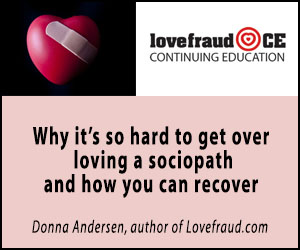



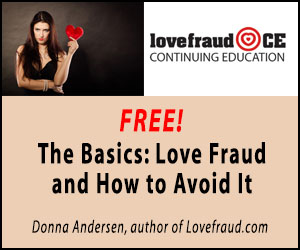





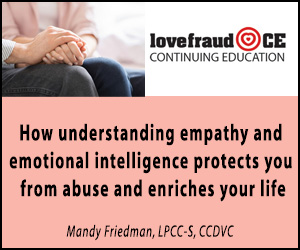






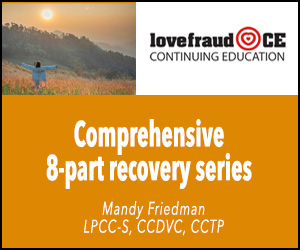
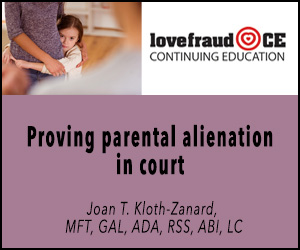


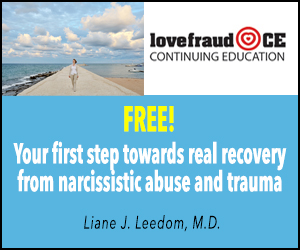
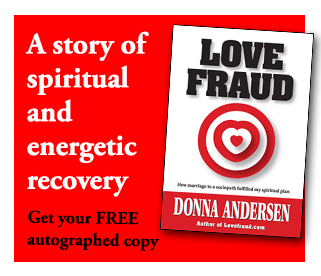
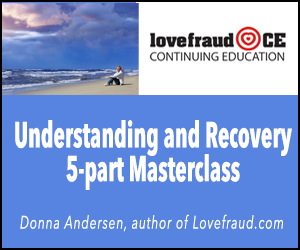
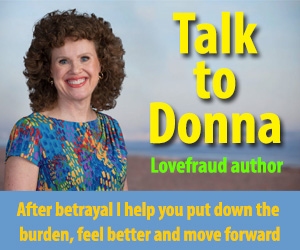
Hi Rosa. How are ya?
I am trying to keep up here and suddenly I feel very stupid and sleepy…goodnite
Hi Kim!
Henry,
You should feel empowered!
Go get a good night darlin!
XXOO
EB
Henry:
I am with you. Well, maybe not WITH you, but you know what I mean.
Good night, Henry.
Whewwwwwwwwwww, well shall we get back to the issue at hand? Healing!
I can tell you that when we disagree here on LF,
we act like adults and can agree to disagree. We don’t swear at each other.
Now let’s review….
Lesson #1
When someone is rude, confrontational or purposefully undermining, there are ways we can minimize the behavior.
When rude comments fly…… we can simply turn away and ignore it. This encourages the individual to act up more so that everyone notices his behavior.
It’s like a child….if you reward the odd or bad behaviors with any sort of attention, they continue. If you ignore…it eventually stops.
Anti-social people have expectations of how people respond to them….. Anti-social people enjoy the knowledge that comes from knowing they have the power to change a conversation or disrupt a gathering. The best way to handle an anti-social person is to not allow that to happen, ignore it.
SC,
You got the joke, Nice. I’m glad someone did.
(((hugs)))
Lesson #1
When someone is rude, confrontational or purposefully undermining, there are ways we can minimize the behavior.
When rude comments fly— we can simply turn away and ignore it. This encourages the individual to act up more so that everyone notices his behavior.
It’s like a child”.if you reward the odd or bad behaviors with any sort of attention, they continue. If you ignore”it eventually stops.
Anti-social people have expectations of how people respond to them”.. Anti-social people enjoy the knowledge that comes from knowing they have the power to change a conversation or disrupt a gathering. The best way to handle an anti-social person is to not allow that to happen, ignore it.